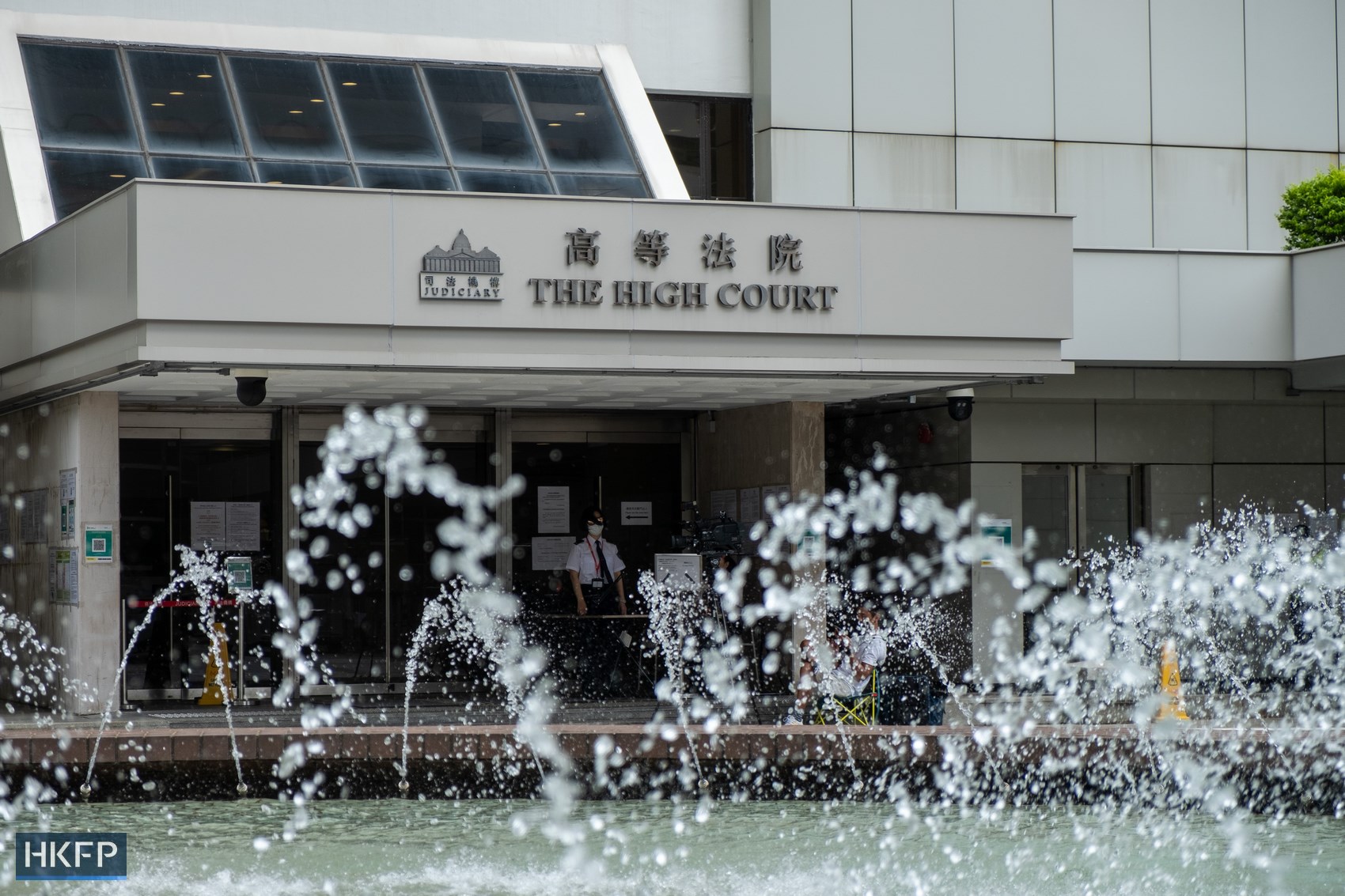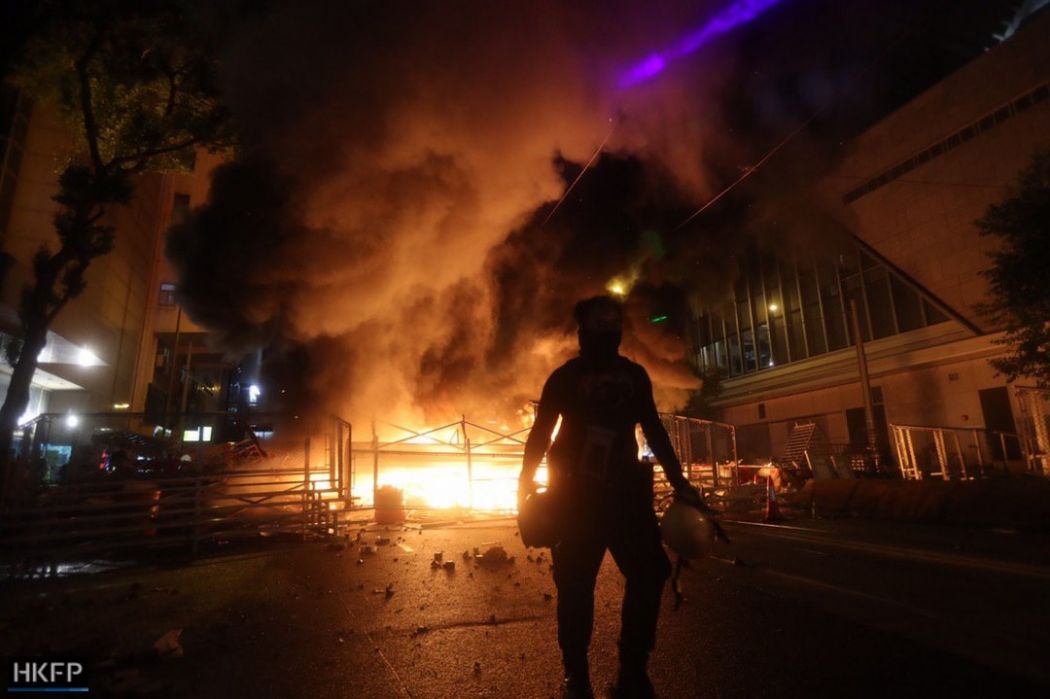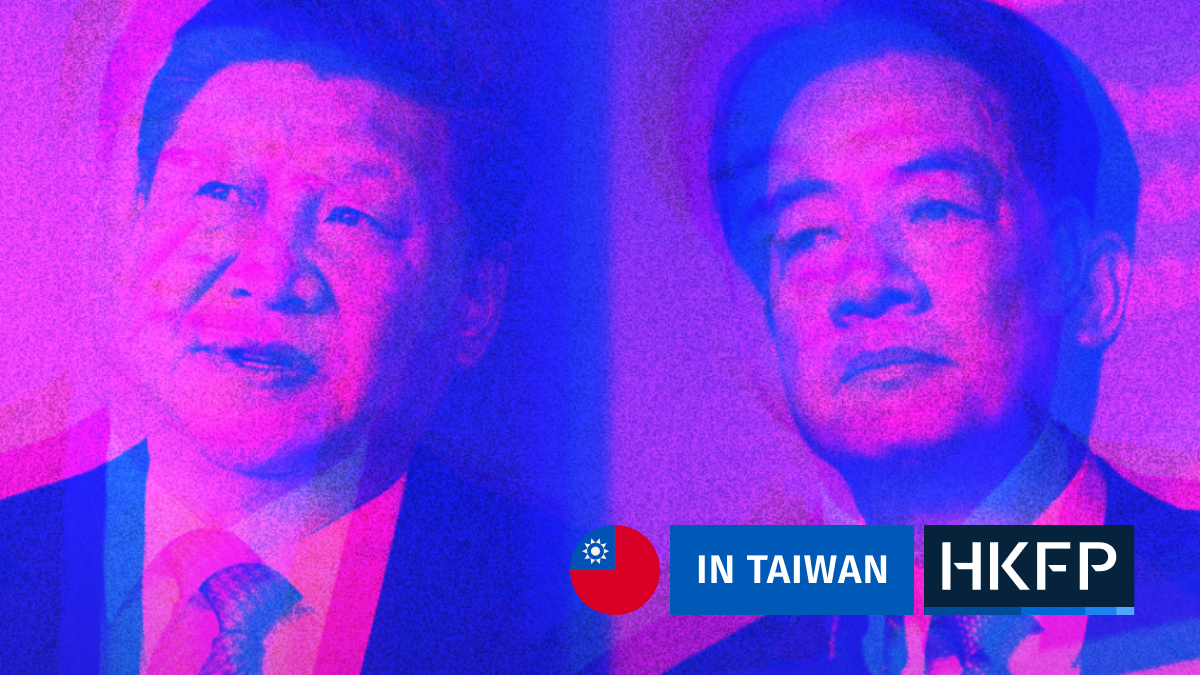A Hong Kong court has rejected a protester’s bid to challenge his conviction for rioting in August 2019 during the anti-extradition bill unrest. The defendant will continue to serve his four-year jail term.

Three Court of Appeal judges on Wednesday refused to grant a leave to appeal to transport worker Chan Cho-ho, who was sentenced to four years behind bars in January last year for rioting on August 31, 2019, when violent clashes broke out between police and protesters across the city.
In their written judgement, the appeal panel, led by Justice of Appeal Derek Pang, sided with District Court trial judge Frankie Yiu, who ruled that Chan had taken part in the riot was the “only irresistible inference.”
Chan was dressed in an all-black outfit when he was apprehended by police near Pearl City Mansion in Causeway Bay, prosecutors said during the trial. A black helmet, black armour for his chest and arms, a black backpack, face mask, respirator filter, gloves, knee pads, walkie-talkie and six packs of bandages were found in Chan’s possession.
First aid volunteer
Chan’s lawyers had argued that he had volunteered as a first aider at the scene and had not participated in the riot. While the defendant did not testify during his trial, the defence called upon a district councillor as witness, who told Yiu that Chan had “acted as a first aider” in previous protests.

But the transport worker’s role was questioned by the District Court, which said he only had a small number of bandages and no other first aid gear.
The appeal judges said on Wednesday that whether Chan was indeed a first aider was a fundamental issue. Although Chan shouted “I’m a first aider” during his arrest, such a statement was not proof to back up his claim, the appeal panel, which also featured justices Maggie Poon and Anthea Pang, said.
“Self-imposed roles are simply changeable at any time,” the court ruled.
Additionally, the panel said that acting as a first aider was “not an effective defence,” saying the act of saving lives “was not equal to being neutral.” The key was whether such behaviour could be interpreted as promoting, assisting or encouraging other protesters to breach the peace, Pang wrote.
“Even if someone defines themselves as a first aider in a riot, but as long as his intention and acts both fulfil the elements of the rioting offence, then he has participated in the riot.”

During Chan’s original trial, prosecutors played a video showing Chan rushed down an escalator with a woman wearing a reflective vest and a black-clad man before he was intercepted by the police. The latter was said to have hit a police officer with a long umbrella, before fleeing the scene with the woman.
Representing Chan, Senior Counsel Hectar Pun had argued that the trial judge used the black-clad man’s attack as a basis of finding the transport worker guilty, which “deviated” from the prosecution’s case. The lawyer said his client was hence “deprived” of the chance of a fair trial.
Pun told the appeal court that Chan may have been inside Pearl City Mansion or the adjacent Jade Pearl Plaza, rather than on the streets, before rushing down the escalator. There was no evidence to suggest his client and the black-clad man belonged to the same group, while Chan closely followed the woman, whose vest featured a “cross” sign, to leave the scene.
‘Double standards’
But the appeal justices criticised Pun as having “double standards,” saying Chan, the woman wearing a vest and the black-clad man had all appeared in the same frame in the footage. The lawyer therefore could not ask the court to consider Chan’s relationship with the woman, while accusing the trial judge of being mistaken when taking the black-clad man into account in convicting Chan, the judgement read.
The appeal panel went on to say that while the court could not confirm that Chan and the black-clad man knew each other, it could at least infer that they “belonged to the same camp” and shared a “tacit understanding to flee because of the riot.”

The appeal court also questioned why Chan did not testify in court if he had other reasons for why he was fleeing the scene.
There was strong evidence against Chan, the three justices said, including the gear he was carrying, which the judges described as commonly used by radical protesters. The armour Chan wore was also said to be proof that he anticipated having contact with the police, whether in close proximity or even clashes. The only reasonable inference for the court was that Chan did take part in the riot, they said.
“In conclusion, in face of strong evidence, if there is no contrary evidence from the defence, the court will naturally draw appropriate inferences,” the judgement read.
Chan was originally prosecuted alongside six other defendants, but he was the only one convicted. The trial judge said he could not confirm whether the others accused had participated in the riot.
August 31, 2019, became known for a police dispersal operation inside the Prince Edward MTR station, where officers were filmed driving away reporters and medics from the station. Discrepancies in official records of injuries and the closure of the station fuelled unverified rumours of civilian deaths.
The Independent Police Complaints Council largely cleared the force of wrongdoing, but the police watchdog was criticised for its lack of independence and investigatory powers by the Court of First Instance which deemed it “inadequate.”
Support HKFP | Policies & Ethics | Error/typo? | Contact Us | Newsletter | Transparency & Annual Report | Apps
Help safeguard press freedom & keep HKFP free for all readers by supporting our team

LATEST FROM HKFP
HKFP has an impartial stance, transparent funding, and balanced coverage guided by an Ethics Code and Corrections Policy.
Support press freedom & help us surpass 1,000 monthly Patrons: 100% independent, governed by an ethics code & not-for-profit.










